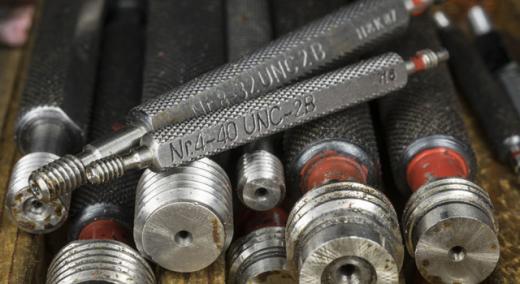The first part of this series introduced measurement systems analysis for attribute data, or attribute agreement analysis. AIAG1 provides a comprehensive overview, and Jd Marhevko2 has done an outstanding job of extending it to judgment inspections as well as go/no-go gages. Part two will cover the analytical method, which allows more detailed quantification of the gage standard deviation and also bias, if any, with the aid of parts that can be measured in terms of real numbers.
|
ADVERTISEMENT |
Part one laid out the procedure for data collection as well as the signal detection approach, which identifies and quantifies the zone around the specification limits where inspectors and gages will not obtain consistent results. The signal detection approach can also deliver a rough estimate of the gage’s repeatability or equipment variation. Go/no-go gages that can be purchased in specific dimensions, or set to specific dimensions (e.g., with gage blocks) do indeed have gage standard deviations even though they return pass/fail results.
…

Add new comment